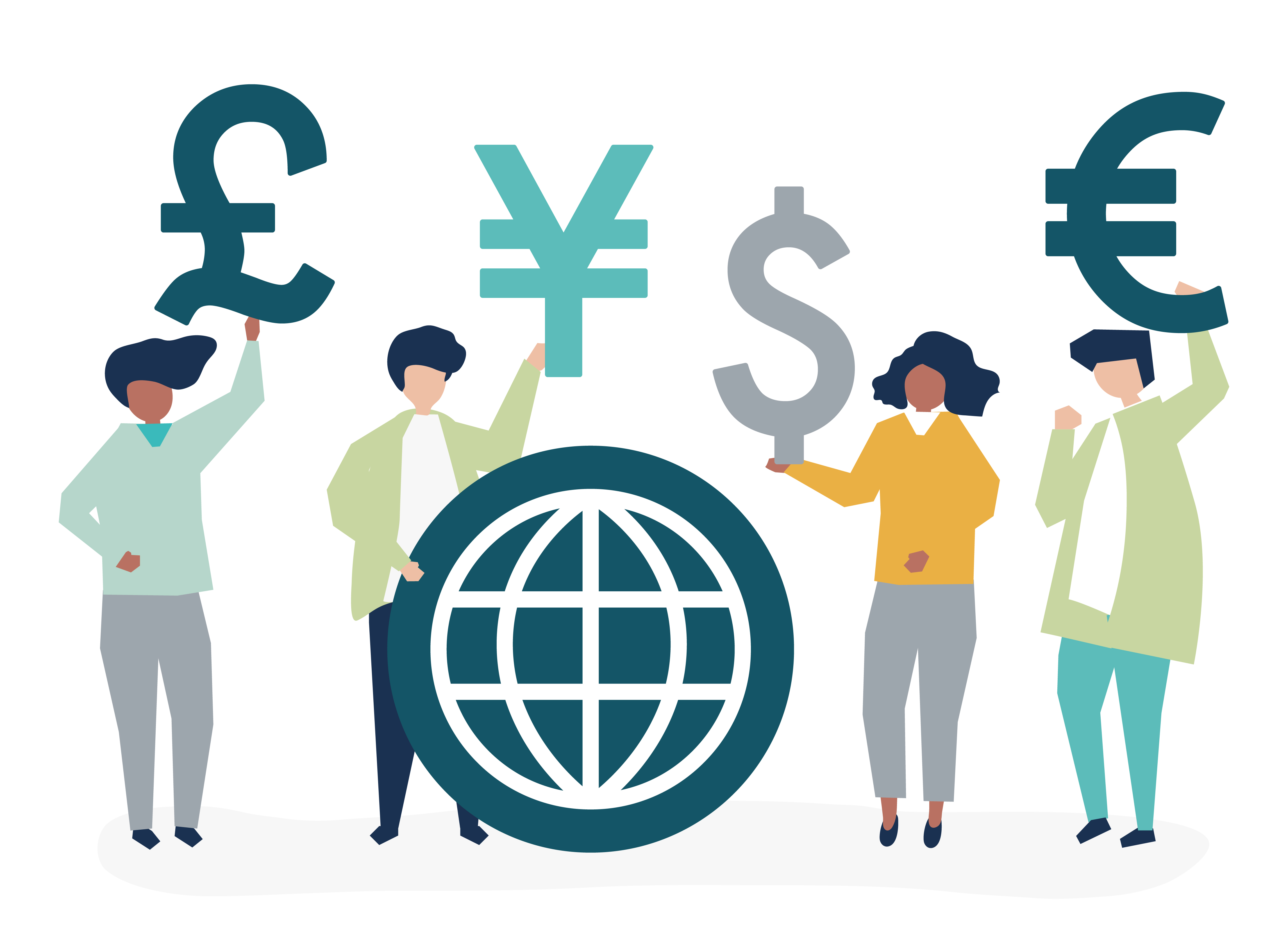
Currencies
Objective:
Learners learn about different currencies and understand their importance for the economy. In doing so, they develop a better understanding of how currencies relate to each other and what influence they have on global trade.
Content and methods:
The worksheet introduces different currencies by means of a multiple-choice quiz. Learners then work out the characteristics of a particular currency in detail and record the information in a fact sheet.
Skills:
- Economic understanding of different currencies
- Analytical thinking: Comparing and evaluating the characteristics of currencies
Target group and level:
Year 8 and above
53 other teachers use this template
Target group and level
Year 8 and above
Subjects
Currencies


Introduction
In this worksheet you will learn about different currencies.
Mark the correct answer.
.jpg?alt=media&token=fa74d030-059b-4e70-a8f5-7ecd5c14c8a1)
The Euro: A Comprehensive Look at Europe's Common Currency
The Euro, abbreviated as EUR and symbolized by the sign €, is the official currency of the European Union. Introduced on January 1, 1999, as electronic money and later as physical currency on January 1, 2002, it has become one of the most important currencies globally. The Euro is issued by the European Central Bank (ECB) and serves as the common currency in 20 EU member states, forming the Eurozone. These countries include Germany, France, Italy, and Spain, among others.
With its distinctive sign €, the Euro is one of the world's leading reserve currencies, second only to the US Dollar. It plays a central role in international trade and finance. A remarkable detail of Euro coins is the uniform design on the front side, while the reverse sides feature national motifs of the respective countries. This gives each coin a unique touch and represents the cultural diversity within the Eurozone.
The exchange rate of the Euro compared to the US Dollar varies, but it generally hovers around parity, meaning that 1 Euro is roughly equivalent to 1 US Dollar. This exchange rate is crucial for international trade and affects the prices of imported and exported goods. For example, a strong Euro can make European exports more expensive and less competitive, while making imports cheaper.
Despite its numerous advantages and the promotion of trade and travel within the Eurozone, the Euro also faces significant challenges. One of the biggest criticisms concerns the economic disparities between the member states. Countries like Germany and the Netherlands have strong, export-oriented economies, while countries like Greece and Spain struggle with high debt and unemployment. These differences create tensions within the Eurozone and pose a difficult task for the ECB to design a uniform monetary policy for very diverse economies.
Another interesting detail is the role of the Euro in the political integration of Europe. The introduction of a common currency strengthened economic ties between the member states, leading to closer political cooperation. However, this has also sparked debates about national sovereignty and control over one's economic policy.
In summary, the Euro is not just a currency but a symbol of Europe's economic and political integration. Despite the challenges and criticisms, the Euro remains a central element of the European project and a significant player on the global stage.
📝 Fill out the profile.

✅ Example

